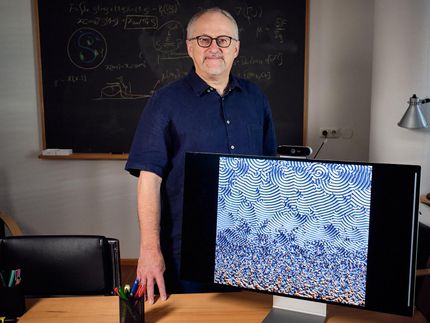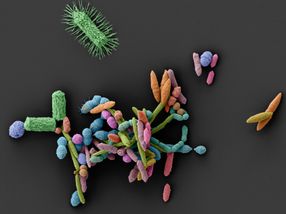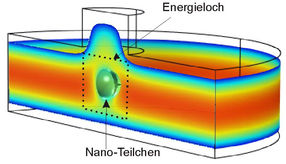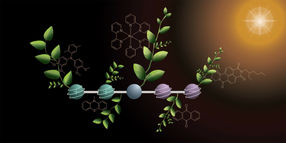Scientists map one of most important proteins in life - and cancer
Advertisement
Scientists reveal the structure of one of the most important and complicated proteins in cell division a fundamental process in life and the development of cancer in research published in Nature. Images of the gigantic protein in unprecedented detail will transform scientists' understanding of exactly how cells copy their chromosomes and divide, and could reveal binding sites for future cancer drugs.
A team from The Institute of Cancer Research, London, and the Medical Research Council Laboratory of Molecular Biology in Cambridge produced the first detailed images of the anaphase-promoting complex (APC/C). The APC/C performs a wide range of vital tasks associated with mitosis, the process during which a cell copies its chromosomes and pulls them apart into two separate cells. Mitosis is used in cell division by all animals and plants.
Discovering its structure could ultimately lead to new treatments for cancer, which hijacks the normal process of cell division to make thousands of copies of harmful cancer cells. In the study, which was funded by Cancer Research UK, the researchers reconstituted human APC/C and used a combination of electron microscopy and imaging software to visualise it at a resolution of less than a billionth of a metre.
The resolution was so fine that it allowed the researchers to see the secondary structure the set of basic building blocks which combine to form every protein. Alpha-helix rods and folded beta-sheet constructions were clearly visible within the 20 subunits of the APC/C, defining the overall architecture of the complex.
Previous studies led by the same research team had shown a globular structure for APC/C in much lower resolution, but the secondary structure had not previously been mapped. The new study could identify binding sites for potential cancer drugs.
Each of the APC/C's subunits bond and mesh with other units at different points in the cell cycle, allowing it to control a range of mitotic processes including the initiation of DNA replication, the segregation of chromosomes along protein 'rails' called spindles, and the ultimate splitting of one cell into two, called cytokinesis. Disrupting each of these processes could selectively kill cancer cells or prevent them from dividing.



























































